4MOST
4-metre Multi-Object Spectroscopic Telescope
Project: 4MOST-StePS: a Stellar Population Survey
SHORT DESCRIPTION
4MOST – a project of a European consortium led by the Leibniz-Institut fur Astrophysik Potsdam (AIP) – is a Multi-Object Spectrograph built for the ESO’s 4.1-metre VISTA (Visible and Infrared Survey Telescope for Astronomy) telescope, based at the ESO Paranal Observatory in northern Chile.
4MOST will replace the VIRCAM infrared camera, offering the VISTA telescope new and unique capabilities in the Southern Hemisphere. The instrument is expected to become operational in 2025.
The 4MOST spectrograph will be able to simultaneously obtain spectra of ~2,400 objects distributed over a hexagonal field of view of 4.2 square degrees, an area equal to 20 full moons.
4MOST will conduct spectroscopic surveys of the southern sky, collecting 25 million spectra over an area of more than 17,000 square degrees during its first five years of activity—more than 40% of the entire sky. It is expected to provide 75 million spectra during its fifteen-year lifetime.
By observing the entire visible light spectrum, 4MOST will seek to answer many of today’s most pressing astronomical questions. It will contribute to studies of the dynamics and chemical evolution of the Milky Way, measure a large number of active galaxies and galaxy clusters, and help better define models of the accelerating Universe.
4MOST design is especially intended to complement three key all-sky, space-based observatories of prime European interest: Gaia, Euclid, and eROSITA.
Ten consortium surveys and 15 ESO community surveys are planned for the instrument’s first five years of operation.
ROLE OF THE OBSERVATORY
Among the 15 selected surveys of the ESO community in the extragalactic area is the project 4MOST-StePS: a Stellar Population Survey, for which our researcher Angela Iovino is responsible, alongside M. Longhetti, Ben Granett and the Post-Doc researcher Shuang Zhou.
This survey aims to collect 30-hour deep spectra for each galaxy observed, totalling about 3300 intermediate-redshift galaxies. These galaxies’ stellar and chemical evolution will be studied in accurate detail.
These spectra will, therefore, provide a precise empirical description of the evolutionary path of massive galaxies in the yet unexplored intermediate redshift range.
This project will complement WEAVE-StePS, which uses the William Herschel Telescope and the WEAVE spectrograph for similar studies, albeit on a larger sample of galaxies observed with lower exposure times.
While WEAVE-StePS will observe 25,000 galaxies each for 7 hours, 4MOST-StePS will instead observe a much smaller number of galaxies but with longer exposure times, eliminating ambiguities in defining the evolutionary properties of individual galaxies, something that WEAVE-StePS will not be able to do, given the shorter exposure times and thus lower spectral quality.
An additional benefit will be the location of the galaxies observed by 4MOST-StePS within one of the flagship surveys of 4MOST: WAVES (PI S. Driver), which will map the three-dimensional structure of the distribution of galaxies from clusters, to groups and down to pairs scales, providing important information on the environment in which the 4MOST-StePS galaxies are positioned.
OBSERVATORY STAFF INVOLVED
- Angela Iovino PI and member of the WAVES Project Office – angela.iovino AT inaf.it
- Marcella Longhetti, member of the WAVES Project Office – marcella.longhetti AT inaf.it
- Ben Granett – ben.granett AT inaf.it
- Shuang Zhou – PostDoc – shuang.zhou AT inaf.it
TIMELINE
2020 –
WEBSITE
4MOST instrument: https://www.4most.eu/cms/home/
CONTACTS
angela.iovino AT inaf.it
marcella.longhetti AT inaf.it
CREDITS
Web page content: A. Iovino, M. Longhetti, B. Granett.
